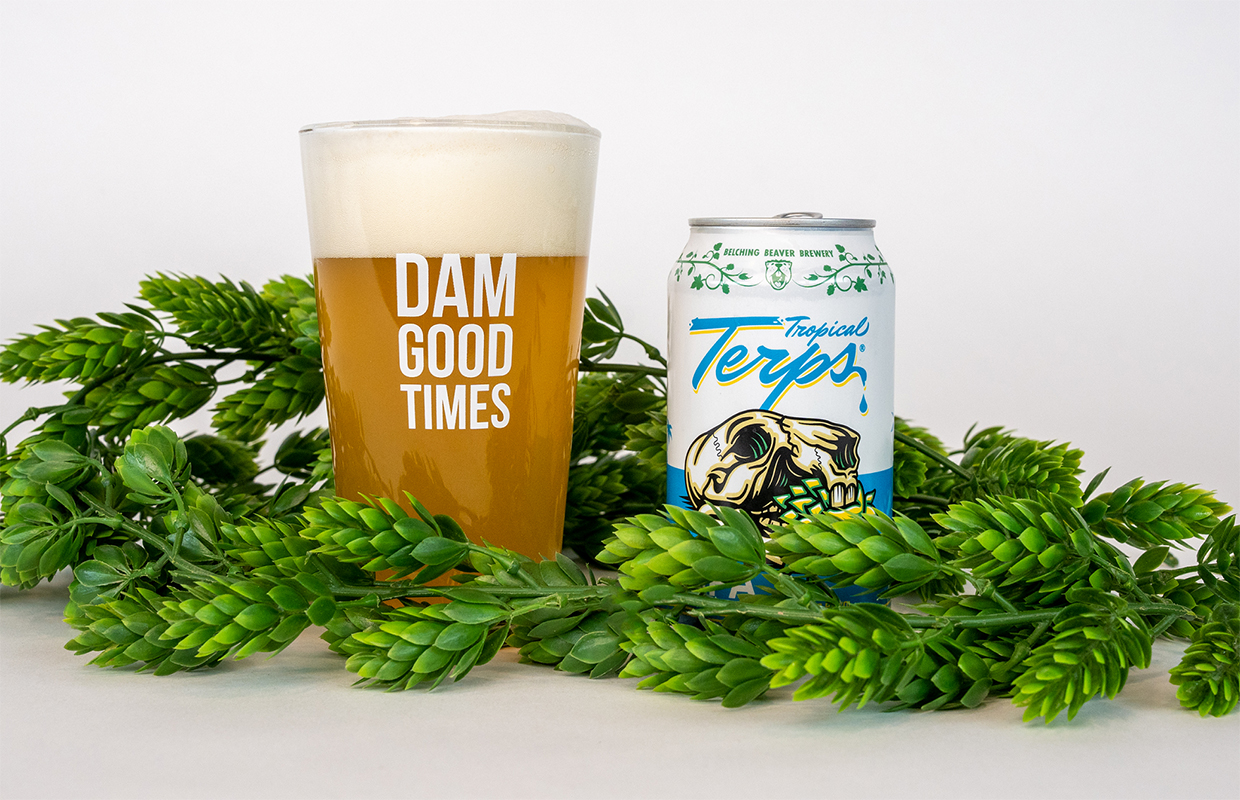
Even smaller breweries can prove that having a luxury brand image does not have to come from a multimillion-dollar marketing budget. Instead, they find ways to build that image it through a clear, consistent focus on presentation, storytelling and scarcity while earning premium perception without over spending.
In Ava, Illinois, Scratch Brewing Co. draws customers with beers brewed from foraged and farm-grown ingredients, offering limited seasonal releases that drinkers have to visit the brewery to try.
The setting is rural and rustic, but every element of the experience is deliberate, from the way beers are introduced to the way they are served. The ingredient story is the main attraction, and it’s told with the care of a chef explaining a tasting menu.
Austin’s Jester King Brewery has grown into a well-known name in mixed-culture and farmhouse brewing, but it began as a small, hyper-focused operation emphasizing terroir and traditional methods.
Many of its bottle-conditioned beers are available only on-site, with releases tied to seasonal availability and the surrounding farmland. Even as it expanded, it has kept the feel of a destination winery, where the trip is part of the appeal.
In New York’s Hudson Valley, Suarez Family Brewery maintains limited hours, understated branding and an intentional absence of hype. Its beers are elegant in style and packaging, with clean, minimalist labels that stand out in a market crowded with bold colors and cartoon designs. The brewery does not chase trends, choosing instead to create quiet exclusivity that keeps its audience loyal.
Side Project Brewing in St. Louis has taken an even more concentrated approach, specializing in barrel-aged and mixed-fermentation beers packaged in wax-dipped bottles and often hand-numbered. The taproom’s design mirrors that of a wine lounge, reinforcing the premium image. Releases are extremely limited and often sell out quickly, a scarcity that has helped push resale values far above retail price.
Garden Path Fermentation ties every release to local sourcing of Washington State and traditional methods. Label copy, tasting notes and marketing materials read more like those of a small vineyard than a brewery. It does not attempt to be all things to all drinkers, instead attracting those who value provenance and craftsmanship.
What unites these breweries is not lavish spending but a commitment to consistency. Each has chosen a brand identity and refused to dilute it with mass-market tactics or rapid expansion. Presentation, from packaging to the physical space, aligns with the beer inside.
Pricing supports the perception without overreaching, and distribution is often limited to maintain control. The result is an elevated image built on focus, not financial muscle. It’s a strategy that any brewery willing to stay disciplined can adopt.







Be the first to comment